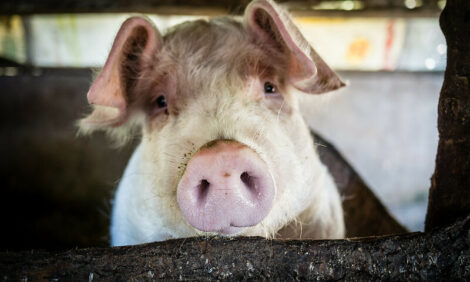



Hog futures mostly firm as February contract tests key average - CME
Cattle futures mixed as traders brace for holiday shift
Chicago Mercantile Exchange (CME) live cattle futures were mixed on Tuesday, with nearby contracts extending the previous session's losses that saw contracts drop by the daily trading limit, Reuters reported, citing analysts.
Feeder cattle futures turned higher, rebounding from Monday's sharp limit-down losses, as traders began to adjust positions ahead of the US Thanksgiving holiday weekend.
And hog futures were mostly higher on limited trade, though the most-active February contract ticked lower, as futures have been testing the 9-day moving average in recent sessions, market analysts said.
In CME's lean hog market, February futures finished the session down 0.175 cent at 79.000 cents per pound.
CME February live cattle futures closed down 0.200 cent at 207.325 cents per pound, while June live cattle settled up 1.650 cent at 203.375 cents per pound.
And January feeder cattle futures settled up 2.100 cents to finish at 307.075 cents per pound; March feeders closed up 3.078 cents at 300.875 cents per pound.
Cattle traders focused on news that China extended its investigation into beef imports by another two months, giving global suppliers a longer temporary reprieve from potential trade restrictions as the domestic industry battles a supply glut.
And signs of a softening US labour market continued to weigh on cattle futures, as traders anticipate that demand for higher-priced cuts of beef may cool, analysts said.
Livestock investors and funds have been scrambling to respond to a flood of bullish news, ranging from signs that US cattlemen are raising heavier animals to expectations for increased domestic beef imports, analysts said.
Wholesale beef prices reached historic highs this fall, and prices for choice and select cuts remained at elevated levels.
The select boxed beef cutout rose $3.46 on Tuesday morning to $358.97 per hundredweight (cwt), while choice cutout rose $1.56 to $372.05 cwt, according to US Department of Agriculture data.









